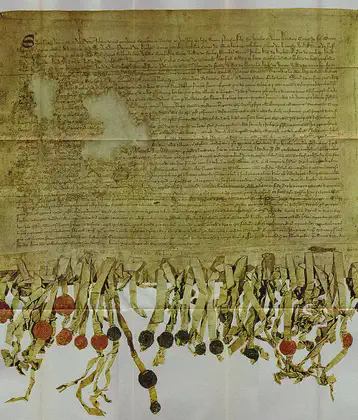On April 06, 1282 in Celtic History
Welsh parliament declares war on england.

The conquest of Wales by Edward I took place between 1277 and 1283. It is sometimes referred to as the Edwardian conquest of Wales, to distinguish it from the earlier (but partial) Norman conquest of Wales. In two campaigns, in 1277 and 1282–83, respectively, Edward I of England first greatly reduced the territory of Llywelyn ap Gruffudd (“Llywelyn the Last”), and then completely overran it, as well as the other remaining Welsh principalities.
By the 13th century, Wales was divided between native Welsh principalities and the territories of the Anglo-Norman Marcher lords. The leading principality was Gwynedd, whose princes had gained control of the greater part of the country, making the other remaining Welsh princes their vassals, and had taken the title Prince of Wales. Although English monarchs had made several attempts to seize control of the native Welsh territories, it was not until Edward’s war of conquest against Llywelyn, the last native prince of Wales, that this was achieved on a lasting basis.
In November 1276, Edward I King of England declared war on Llywelyn ap Gruffudd over a series of disputes, and in 1277 led 15,500 men into Wales. Realising his position was hopeless Llywelyn surrendered without battle. Edward negotiated a settlement, rather than a conquest. War broke out again in 1282, as a result of a rebellion by Llywelyn’s brother Dafydd ap Gruffydd, who was discontented with the reward he had received from Edward in 1277. Edward I was sucked into war again and this time he turned to a war of conquest.





